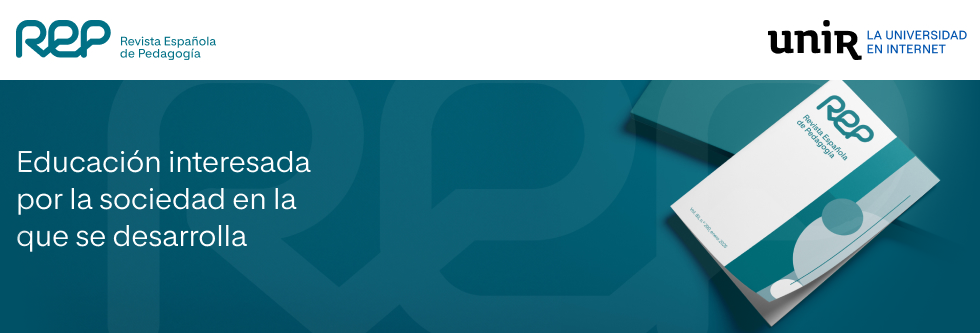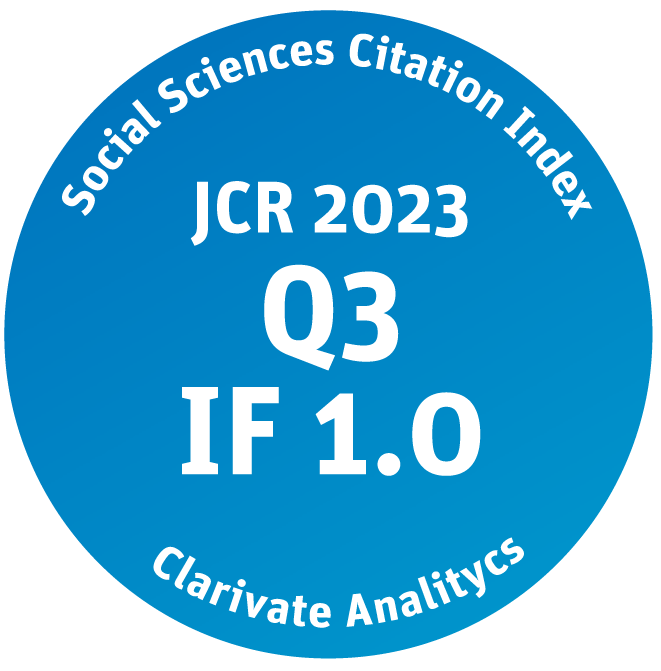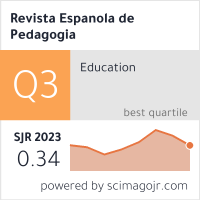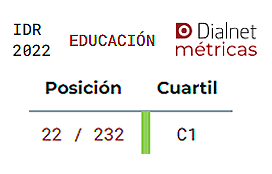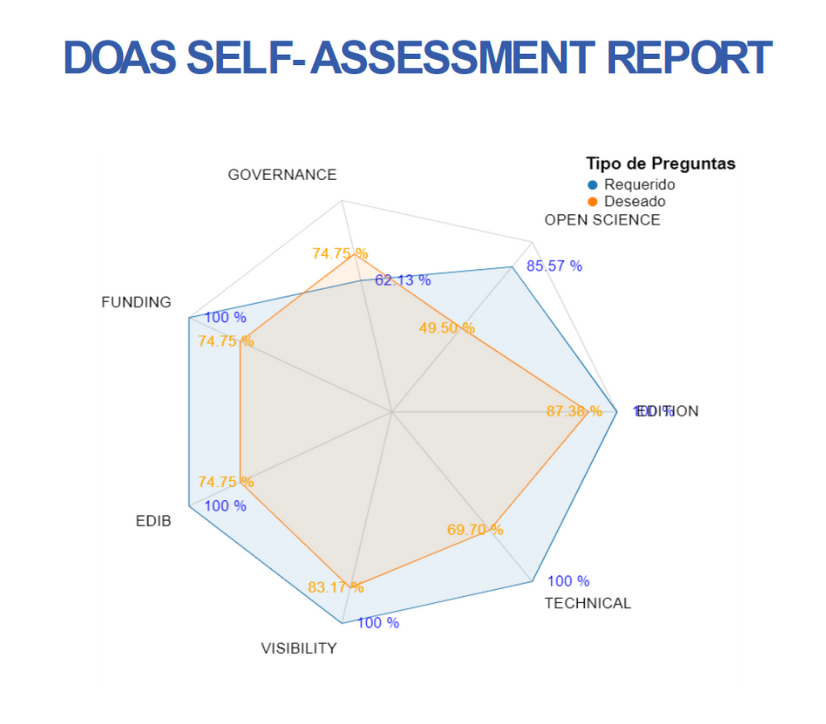Abstract
The teaching of structures on architecture degrees has traditionally been based on didactic lectures covering theoretical content with exercises solved in class by the lecturer. This very passive teaching style which involves minimal student participation, was accompanied by a high failure rate. Based around calculating unrealistic models by hand, this method is unattractive from a pedagogical perspective, something reflected in low attendance rates. It also creates superficial learning in which concepts are quickly forgotten after finishing the module. This article presents the innovations adopted in the Structures II and Structures IV modules from the Architecture degree at the University of Malaga, which have made it possible to raise the pass rate and attendance, and also aim to give students a closer link to this content through the use of ICT. To do this, flipped learning and PBL methodologies were used along with various ICT tools that also made it possible to check how students follow the module with the aim of evaluating the results of continuous assessment. The results obtained show a rising trend in the pass rate with an improvement in the quality of the passes and an increase in the number of students who sit the exam in the first assessment period. It can be concluded that the use of the methodology described above leads to students being more involved and motivated by the subject, favouring continuous weekly work, and thus achieving better learning.
Cite this article as: Ruiz-Jaramillo, J., & Vargas-Yañez, A. (2018). La enseñanza de las estructuras en el Grado de Arquitectura. Metodología e innovación docente a través de las TIC | Teaching structures on Architecture degrees. ICT-based methodology and teaching innovation. Revista Española de Pedagogía, 76 (270), 353-372. doi: https://doi.org/10.22550/REP76-2-2018-08
- Keywords:
- PBL
- structures
- teaching methods
Referencias | References
Anderson, T., & Garrison, D. R. (2010). El e-learning en el siglo XXI. Investigación y práctica. Barcelona: Octaedro.
Badia, A., & García, C. (2006). Incorporación de las TIC en la enseñanza y el aprendizaje basados en la elaboración colaborativa de proyectos. Revista Universidad y Sociedad Del Conocimiento, 3 (2), 42-54.
Barreras Gómez, M. A. (2016). A flipped-classroom experience in Didactics of Foreign Language. Educatio Siglo XXI, 34 (1), 173-195.
Barrows, H. (1986). A Taxonomy of problem-based learning methods. Medical Education, 20, 481-486.
Barrows, H., & Tamblyn, R. (1980). Problem-Based Learning: An Approach to Medical Education. New York: Springer.
Baytiyeh, H. (2017). The International Journal of Information and Learning Technology The flipped classroom model: when technology enhances professional skills. The International Journal of Information and Learning Technology Industrial and Commercial Training Iss. International Journal of Information and Learning Technology, 34 (1), 51-62.
Bueno, J. (2017). La sociedad que seremos. Madrid: Cadena Ser. Retrieved from http://cadenaser.com/programa/2017/06/07/hoy_por_hoy/1496816341_747703.html
Campos Calvo-Sotelo, P. (2009). La Educación, un hecho espacial. El «Campus Didáctico» como arquitectura para el Espacio Europeo de Educación Superior. La Cuestión Universitaria, 5, 98-120.
Campos Calvo-Sotelo, P. (2010). 10 principles for an innovative model for the 21st century university: «the educational campus». Aula: Revista de Pedagogía de La Universidad de Salamanca, 16, 187-200.
De Justo Moscardo, E. (2013). Diseño y evaluación de un programa para el aprendizaje de estructuras de edificación mediante ABP. Sevilla: Universidad de Sevilla.
De Pablos Pons, J., & Jiménez Cortés, R. (2007). Buenas prácticas con TIC apoyadas en las políticas educativas: claves conceptuales y derivaciones para la formación en competencias ECTS. Revista Latinoamericana de Tecnología Educativa, 6 (2), 15-28.
Escardibul, J. O., & Mediavilla, M. (2016). El efecto de las TIC en la adquisición de competencias. Un análisis por tipo de centro educativo. revista española de pedagogía, 74 (264), 317-335.
Escrig Pallarés, F. (1994). La cúpula y la torre = the dome and the tower. Sevilla: Fundación Centro de Fomento de Actividades Arquitectónicas.
Farnos, J. D. (2011). Aprendizaje basado en proyectos con herramientas TIC. Innovación y conocimiento. Retrieved from https://juandomingofarnos.wordpress.com/2011/03/02/aprendizaje-basado-en-proyestos-con-herramientas-tic/
Gómez García, I., Castro-lemus, N., & Toledo, Morales, P. (2015). Las flipped classroom a través del smartphone: efectos de su experimentación en educación física secundaria. Prisma Social: Revista de Investigación Social, 15, 296-351.
González-Barbone, V., & Anido-Rifon, L. (2008). Creating the first SCORM object. Computers & Education, 51 (4), 1634-1647. doi: 10.1016/j.compedu.2008.04.004
Guo, P. J., Kim, J., & Rubin, R. (2014). How Video Production Affects Student Engagement: An Empirical Study of MOOC Videos. In Proceedings of the first ACM conference on Learning (pp. 41-50). Atlanta: ACM.
Hall, A. A., & Dufrene, D. D. (2016). Best Practices for Launching a Flipped Classroom. Business and Professional Communication Quarterly, 79 (2), 234-242. doi: 10.1177/2329490615606733
Hmelo-Silver, C. E. (2004). Problem-Based Learning: What and How Do Students Learn? Educational Psychology Review, 16 (3), 235-266.
Lonnman, B. (2000). Structural models in design education: Visualising Form and Behaviour. Architectural Theory Review, 5 (2), 27-43. doi: 10.1080/13264820009478398
Mendoza, V. Í. (2015). Flipped Classroom y la adquisición de competencias en la enseñanza universitaria online. Opción, 31 (5), 472-479.
Mok, H. N. (2014). Teaching Tip: The Flipped Classroom. Journal of Information Systems Education, 25 (1), 7-11.
Monedero-Moya, J. J. (1998). Bases teóricas de la evaluación educativa. Málaga: Aljibe.
Ozdamli, F., & Gulsum, A. (2016). Flipped Classroom Approach. World Journal on Educational Technology, 8 (2), 98-105.
Papazoglakis, P. P. (2013). The Past, Present and Future of SCORM. Economy Informatics Journal, 13 (1), 16.
Pérez-Sánchez, J. C., Piedecausa-García, B., Mateo Vicente, J. M., & Palma Sellés, P. (2015). Elaboración y exposición de maquetas constructivas como metodología docente. In XIII Jornadas de Redes de Investigación en Docencia Universitaria: Nuevas estrategias organizativas y metodológicas en la formación universitaria para responder a la necesidad de adaptación y cambio (pp. 975-985). Alicante: Instituto de Ciencias de la Educación.
Pérez-Sánchez, J. C., Piedecausa-García, B., Pérez Sánchez, V. R., Mora García, R. T., & Céspedes López, M. F. (2016). Herramientas online de interacción docente en las asignaturas Construcción de Estructuras I y II. In XIV Jornadas de Redes de Investigación en Docencia Universitaria: Investigación, innovación y enseñanza universitaria: enfoques pluridisciplinares (pp. 1521-1532). Alicante: Instituto de Ciencias de la Educación.
Pérez Carramiñana, C., Mateo García, M., Maciá Mateu, A., Sirvent Pérez, C. D., Ruiz Cáceres, J. Á., & Piedecausa-García, B. (2010). Proyecto re-Sahara: taller cooperativo entre las asignaturas de Proyectos I, Estructuras II y Construcción III de la titulación de Arquitectura. In M. T. Tortosa Ybáñez, J. D. Álvarez Teruel, & N. Pellín Buades (Eds.), VIII Jornadas de Redes de Investigación en Docencia Universitaria: nuevas titulaciones y cambio universitario (pp. 2324-2333). Alicante: Universidad de Alicante.
Pomares Torres, J. C., Baeza, F. J., Navarro Menargues, M., Castro López, R., Irles Más, R., García Santos, J. I., & Baeza Cardona, V.(2016). Red de investigación en docencia de cálculo de estructuras I en el grado de arquitectura técnica. In Investigación e Innovación Educativa en Docencia Universitaria. Retos, Propuestas y Acciones (pp. 1880-1896). Alicante: Universidad de Alicante, Vicerrectorado de Calidad e Innovación Educativa, Instituto de Ciencias de la Educación (ICE).
Ruiz-Jaramillo, J., Mascort-Albea, E., & Vargas-Yáñez, A. (2015). Analogue-digital teaching: application of new technologies to learning and continuous evaluation in technical subjects in engineering and architecture higher education. In L. Gómez Chova, A. López Martínez, & I. Candel Torres (Eds.), 8th International Conference of Education, Research and Innovation (ICERI 2015) (pp. 7050-7056). Sevilla: IATED Academy.
Salinas, J. (2004). Innovación docente y uso de las TIC en la enseñanza universitaria. Revista Universidad y Sociedad Del Conocimiento, 1 (1).
Schmidt, R. (1983). Interaction, acculturation, and the acquisition of communicative competence. In N. Wolfson & E. Judd (Eds.), Sociolinguistics and language acquisition (pp. 137-174). Rowley: Newbury House.
Schmidt, S. M. P., & Ralph, D. L. (2016). The Flipped Classroom: A Twist On Teaching. Contemporary Issues in Education Research-First Quarter, 9 (1).
Stuart, J., & Rutherford, R. J. D. (1978). Medical student concentration during lectures. The Lancet, 312 (8088), 514-516. doi: 10.1016/S0140-6736(78)92233-X
Tawfik, A. A., & Lilly, C. (2015). Using a Flipped Classroom Approach to Support Problem-Based Learning. Technology, Knowledge and Learning, 20 (3), 299-315. doi: 10.1007/s10758-015-9262-8
Tejedor Tejedor, F. J., & García-Valcárcel Muñoz-Repiso, A. (2006). Competencias de los profesores para el uso de las TIC en la enseñanza. Análisis de sus conocimientos y actitudes. revista española de pedagogía, 64 (233), 21-43.
Uzunboylu, H. (2015). Flipped classroom: a review of recent literature. World Journal on Educational Technology, 7 (2), 142.
Vélez Flores, M. A. (2015). Impacto de las tecnologías de información en la docencia en la Educación Superior. León: Universidad de León.
Wasserman, N. H., Quint, C., Norris, S. A., & Carr, T. (2017). Exploring flipped classroom instruction in Calculus III. International Journal of Science and Mathematical Education, 15 (3), 545-568.
Wilson, K., & Korn, J. H. (2007). Attention During Lectures: Beyond Ten Minutes. Teaching of Psychology, 34 (2), 85-89.
Citación recomendada | Recommended citation
Ruiz-Jaramillo. J.,
&
Vargas-Yáñez, A.
(2018)
.
Teaching structures on Architecture degrees. ICT-based methodology and teaching innovation.
Revista Española de Pedagogía, 76(270).
https://www.revistadepedagogia.org/rep/vol76/iss270/9
Licencia Creative Commons | Creative Commons License
Esta obra está bajo una licencia internacional Creative Commons Atribución-NoComercial 4.0.
This work is licensed under a Creative Commons Attribution-NonCommercial 4.0 International License
